Viticulture is the cornerstone of the wine industry, an intricate agriculture practice essential from start to finish in the wine grape production process. My first vintage in New Zealand was a challenging yet groundbreaking experience that shaped my foundation of wine knowledge. Being involved firsthand in working back-to-back vintages allowed me to observe the significant impacts that viticulture has on the characteristics of both New World and Old World wine. Throughout over a decade spent in various vineyards, from planting to harvesting, the journey was a continuous learning curve, giving me a front-row seat to how every decision in the vineyard ultimately influences the finished product in the wine glass.
Through years of both classroom studies and hands-on experience, I grew to deeply appreciate how each element of viticulture plays a vital role in the overall winemaking process. This expansive field is vast and deeply complex, where even the smallest variable can sway the outcome vastly. By consistently facing the challenges and embracing both the good times and the bad, my awareness and appreciation for the subject flourished. The goal of this article is to detail this personal journey, offering a high-level answer to how viticulture directly relates to winemaking and forms the foundation of our beloved wine traditions.
What Is Viticulture In Wine Terms?
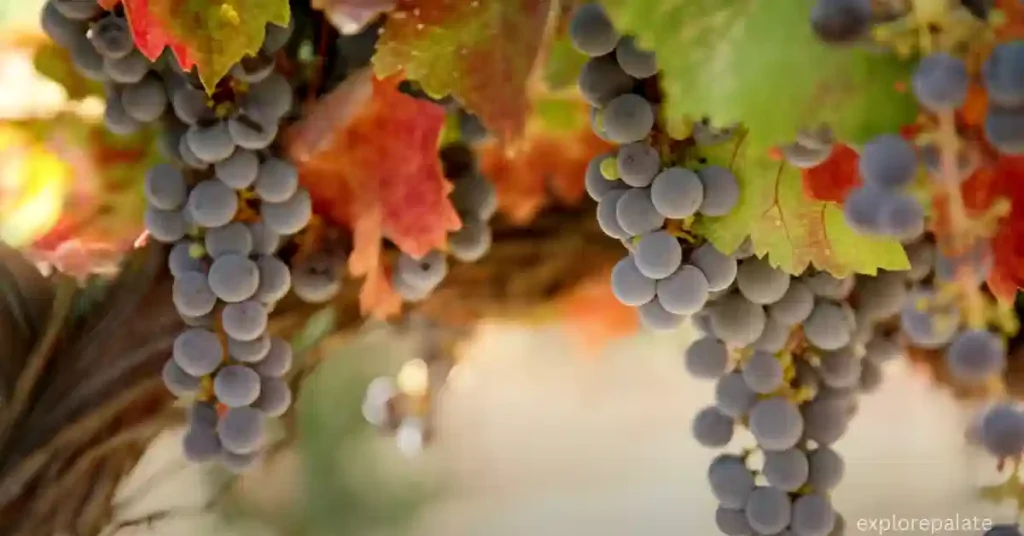
Viticulture, the cornerstone of the wine industry, encompasses the meticulous art and science of grape cultivation that lays the foundation for every bottle of wine. From the vineyard to the cellar, viticulture influences the wine’s character and quality through careful decision-making and strategic practices aimed at nurturing the best possible grapes.
Throughout my years of hands-on experience and in-depth study, I’ve witnessed firsthand how each phase, from planting to aging, impacts the finished product. Whether managing soil conditions, selecting grape varieties, or employing innovative cultivation techniques, every element plays a crucial role in shaping the wine’s flavor profile and ensuring it reflects the essence of its origin, thereby upholding both tradition and the potential for innovation in winemaking.
History of Viticulture
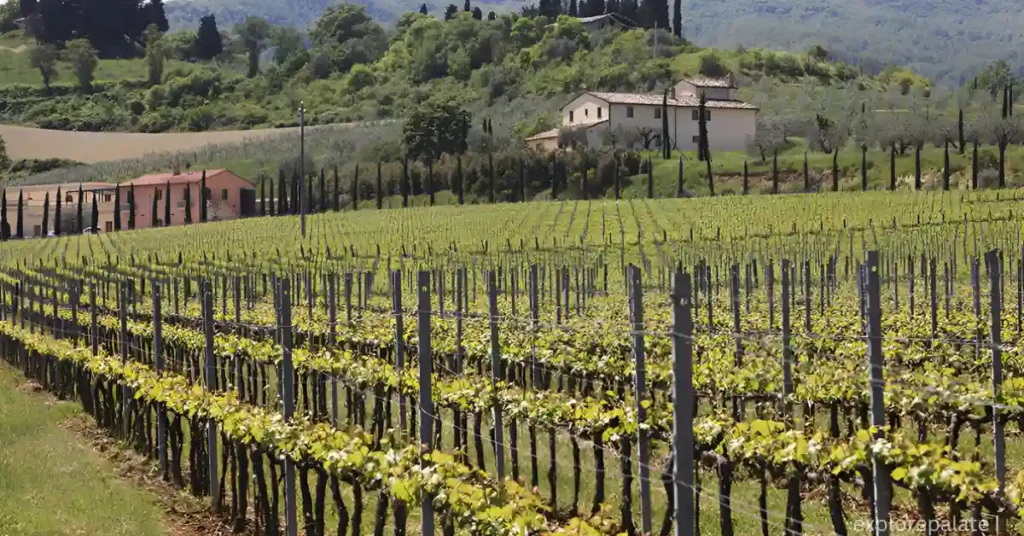
Viticulture, the science and art of growing grapevines, is foundational to wine production, tracing its origins back to ancient civilizations. Throughout history, viticulture has evolved dramatically, from the wild grape cultivations of prehistoric times to the highly sophisticated vineyard management practices seen today.
Early viticulturists in regions such as modern-day Georgia, known as the birthplace of wine, began the process of domesticating Vitis vinifera over 8,000 years ago. These practices spread to the Mediterranean and Near East, where ancient Egyptians, Phoenicians, Greeks, and Romans refined the techniques and expanded the varieties of grapes grown, recognizing the importance of terroir and varietal selection.
In the Middle Ages and during the Renaissance, European monastic orders preserved and enhanced viticultural knowledge, further developing techniques that would shape modern winemaking. The expansion of European colonies carried viticulture to new territories like South Africa, Australia, and the Americas, increasing the global footprint of wine production.
As challenges such as the phylloxera crisis in the 19th century threatened vineyards across Europe, innovations such as grafting on resistant rootstocks emerged, marking significant progress in the field. Today, viticulture continues to adapt to modern challenges, including climate change and sustainability, by integrating technology and new cultivation methods to ensure the continuity and enhancement of quality wine production.
What Is A Viticulturist and What Does a Viticulturist Do?

Exploring the intricate field of viticulture, it’s vital to recognize the pivotal role of a viticulturist, who meticulously manages every aspect of vineyard management from planting to harvesting. This specialist combines a deep knowledge of biology and horticulture to ensure the grapevines produce fruit that meets the precise quality and flavor profiles desired by winemakers.
The viticulturist faces the complex challenge of adapting to varied climatic conditions and soil types, making informed decisions that influence the vine’s health, sugar levels, and acidity. These decisions are crucial for crafting wines that reflect the unique characteristics of their environment, making the viticulturist’s role critical in the wine production process, ultimately affecting the enjoyment of wine consumers worldwide.
Why Is Viticulture So Important?
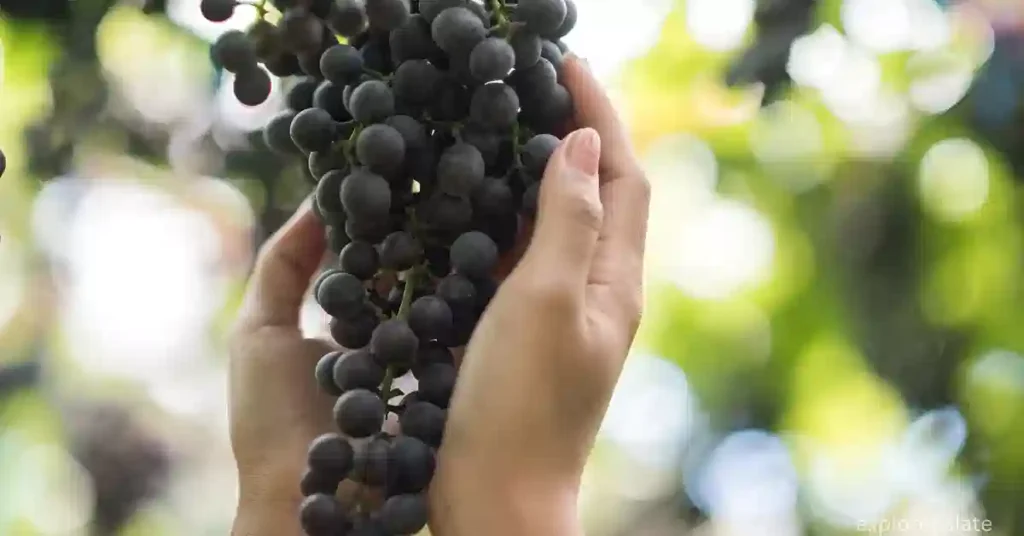
In my years of immersing in the art and science of viticulture, I’ve come to appreciate how deeply the grape varieties, soil composition, and local climate intertwine to influence the wine production process. At its core, viticulture refers to the cultivation of grapevines, a practice that not only determines the quality of grapes but also sustains the surrounding environment and communities involved. Effective management of water and pest control is crucial for maintaining the health and well-being of the vines, while specialized pruning techniques and strategic disease management ensure the long-term preservation of the wine-growing ecosystem.
Moreover, understanding and harnessing the concept of terroir—the unique characteristics imparted by the vineyard’s geography—allows viticulturists to enhance the specific attributes of each wine, embedding the essence of the land into every bottle. This balance of nature and nurture points to why sustainability practices in viticulture are vital not just for the present but for the enduring legacy of wine regions globally.
What Is Terroir?
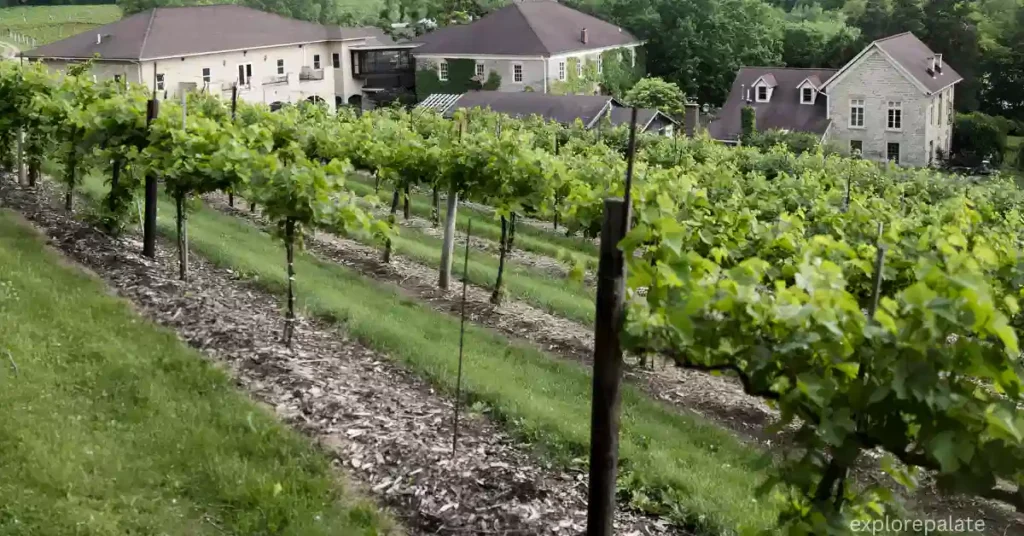
At the heart of the French winemaking philosophy, the notion of terroir is a central concept that captures the natural environment where a vine is grown, intertwining both macro and micro factors—climate, soil, topography, and the local ecosystem—which collectively influence the development of the vine and, by extension, the wine itself. This terroir not only influences a vineyard’s characteristics but further extends to wine regions where wines are classified according to their geographic origin, effectively imbuing each wine with a sense of place.
The resulting distinct sensory link to its origin is palpable in the taste, color, and structure of the wine. Each grape variety, whether cultivated in parts of the world for their unique terroir or in less distinguished regions, will produce wines that vary remarkably. My journey in exploring various wineries around the globe has illuminated how these terroir factors contribute invaluably to the essence and identity of the wines they yield, embedding a deep appreciation for the intricate ways in which soil type, local climate, and vineyard topography converge to craft wines with individuality and a rich, enduring link to their exact place of origin.
What is Viticulture: Key Factors
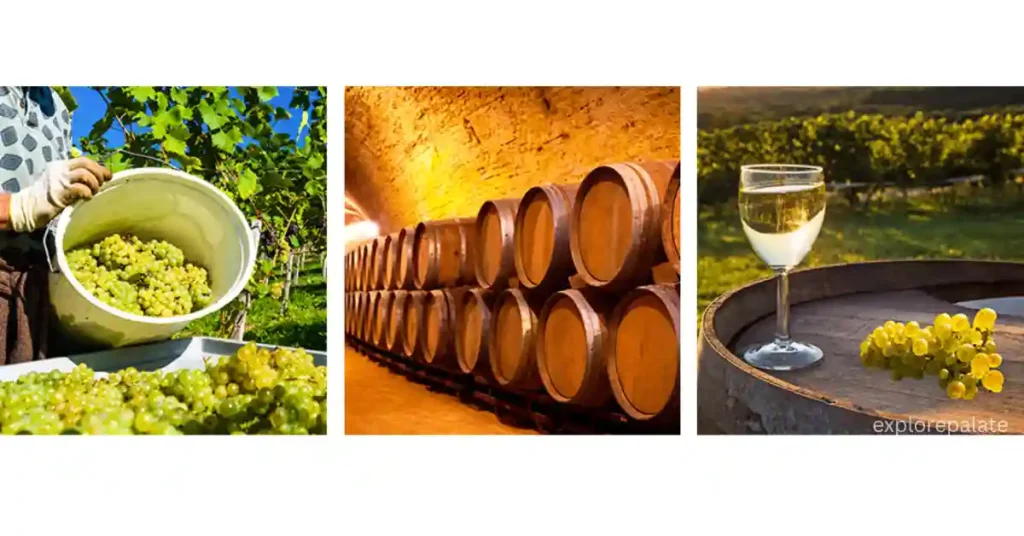
Climate
In viticulture, climate plays a crucial role in dictating the conditions under which grape vines thrive. A vineyard’s macroclimate and microclimate affect everything from grape ripening to flavor development. Cooler climates typically produce grapes with higher acidity and lower sugar levels, ideal for sparkling and white wines, while warmer climates tend to produce riper grapes, suitable for fuller-bodied reds with a higher alcohol content. Seasonal weather variations, such as frost, hail, and heatwaves, can significantly impact the annual yield and quality of the grapes.
The average yearly temperature and temperature range during the ripening process are especially critical for red grapes, which need warm days during summer, whereas white grapes may prefer more temperate zones. Vineyards near rivers or on steep slopes that optimally face the sun benefit from enhanced sun exposure and heat, with sunlight reflecting off the water. These unique geographic and climatic conditions are essential in defining the distinctive character of wines from different regions.
Soil
The type of soil in a vineyard profoundly affects the grapevines. The interaction between the vine’s roots and its soil environment determines nutrient availability, which in turn influences both the health of the root system and the flavor profile of the wine.
Different soil types, such as clay, chalk, or limestone, contribute varying levels of minerality, acidity, and complexity to the wine. Viticulturists often prefer soils that challenge the vines, as a moderate struggle enhances the flavor profile and mineral content of the grapes. Effective water drainage and soil management are vital for maintaining the balance of moisture and organic matter crucial for optimal grape growth.
Management
Proper vine management is critical and encompasses several practices like pruning and training the vines to optimize their exposure to sunlight, thereby maximizing the fruit quality and controlling vine growth. This is crucial for regulating the amount of fruit a vine produces and its overall performance.
Pruning and training
Pruning and training are vital aspects of vine management that help control the vine’s growth and maximize fruit quality through optimized structure and sunlight exposure. These techniques are adapted to local climatic conditions to prevent outgrowths from touching the ground and establishing unwanted roots.
Canopy management
Canopy management, essential in regulating a vine’s leafy growth, plays a critical role in the vine’s ability to photosynthesize and in turn, regulates grape growth and ripening. Effective canopy management involves strategic leaf removal to enhance grape exposure to the sun, improving air circulation and protecting against pests and diseases.
Soil and water management
Balancing soil health and water availability is crucial. Viticulturists calibrate the balance of nutrients and organic matter in vineyards by adjusting the water supply according to the vineyard’s needs, which is key for maintaining a healthy vineyard.
Disease and pest management
Managing diseases and pests is pivotal in maintaining the health and productivity of a vineyard. Adopting sustainable, organic, or biodynamic practices helps to minimize or eliminate reliance on chemical pesticides.
Harvest timing
The timing of the harvest is a culmination of careful vineyard stewardship, influenced by weather patterns, sugar levels, and acidity. This critical decision point relies on the observational skills of vineyard managers to ensure the best quality grape is picked at the right time for optimal flavor development.
Grape Variety
Choosing the right grape variety is foundational in viticulture. Varieties like Riesling perform well in cooler climates due to their high acidity levels, whereas Cabernet Sauvignon requires more warmth to develop its rich flavors and deep color. Each variety’s unique characteristics and needs must be matched with the right climate and soil type to express its fullest potential.
What Are The Different Types Of Viticulture?
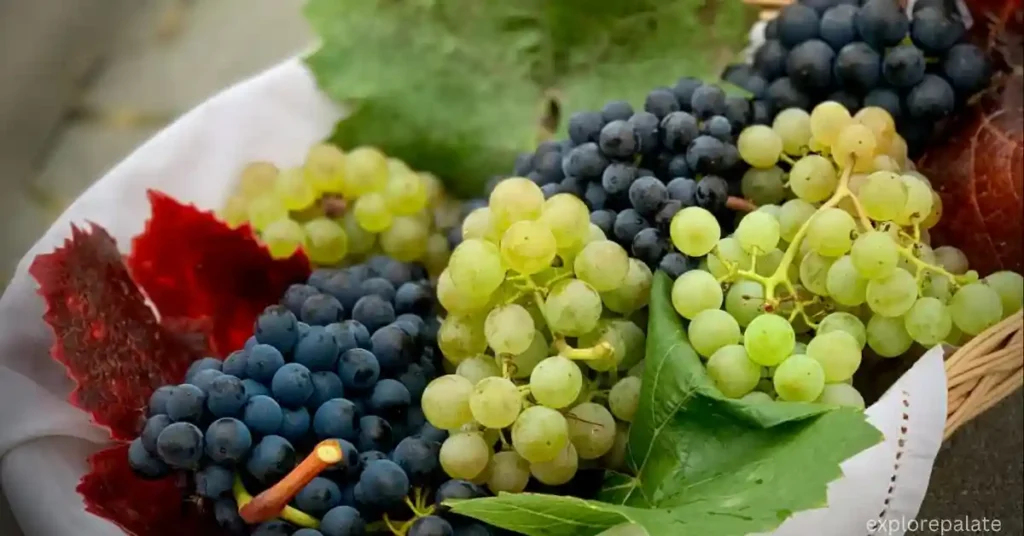
Conventional viticulture
In conventional viticulture, methods, and technologies are employed to maximize efficiency and grape yield through the use of synthetic chemicals and fertilizers. However, this approach can have a significant environmental impact, which has led many to reconsider their viticultural practices.
Sustainable viticulture
Sustainable viticulture aims to balance environmental health, economic viability, and social responsibility. It integrates elements from both conventional, organic, and biodynamic practices to create a more holistic approach to grape farming.
Organic viticulture
Organic viticulture strictly avoids the use of synthetic inputs. Instead, it relies on organic fertilizers and natural pest controls to maintain biodiversity and soil health while minimizing the overall environmental impact.
Biodynamic viticulture
Biodynamic viticulture regards the vineyard as a self-sustaining ecosystem influenced by lunar cycles and cosmic rhythms. Specialized preparations are used to enhance soil and plant health, striving for a deep integration of ecological harmony.
Natural viticulture
Natural viticulture is defined by its minimal intervention philosophy. Practitioners guide the growth of vines and the maturation of grapes with as little human interference as possible, allowing nature to take its course.
Precision viticulture
Emerging in the early stages of technology application in farming, precision viticulture employs data analysis, drones, sensors, and GPS to meticulously monitor and manage individual vines and vineyard blocks. This method is focused on optimizing quality and efficiency.
Viniculture vs Viticulture: Are Viniculture And Viticulture The Same?

Often confused terms, viniculture and viticulture serve distinct roles within the wine industry. While viticulture covers the science and cultivation of grapes, primarily for wine production, viniculture is more narrowly focused on the growing of fresh table grapes. It is important to note that although viniculture can sometimes hear reference in discussions surrounding the entire wine production, the correct term for wine crafting is the vinification process.
Conclusion
Viticulture, the science and art of cultivating grapevines, stands as a pivotal foundation of the wine industry, shaping every bottle’s character from soil to sip. Through my extensive engagements in New Zealand and other renowned wine-producing regions, I have witnessed how nuanced viticultural practices directly impact the flavor, complexity, and overall quality of wine. Each intervention in the vineyard—from selecting the grape variety to managing the canopy—contributes significantly to the wine’s final expression. My journey over a decade across different vineyards has affirmed the profound influence of viticulture on both New World and Old World wines.
This personal exploration across various facets of vineyard management has not only enhanced my appreciation for wine but also deepened my understanding of the intricate relationship between nature and nurture in winemaking. As we continue to innovate and embrace sustainable practices, the evolution of viticulture remains central to maintaining the rich legacy and ensuring the future excellence of global wine traditions.
FAQs
What is the definition of viticulture?
Viticulture is the care and cultivation of grapevines for the wine industry, overseeing vineyard management from the selection of grape variety to combatting diseases and pests, and through to harvesting high-quality grapes for winemaking. The broad definition encompasses every aspect of grape cultivation essential to wine crafting.
What is the origin of the word viticulture?
The origin of word viticulture stems from the Latin “viticultura”, derived from “Vitis” meaning vine, and “cultura” indicating cultivation. Its etymology reflects the historical roots of grape cultivation that date back thousands of years.
What type of degree is viticulture and enology?
Studying viticulture and enology is an academic discipline where science meets the creative arts of winemaking. Various degrees are offered, from an associate’s to a bachelor’s, and even a doctoral degree, equipping students for diverse careers within the wine business.
Who is credited with the development of the science of viticulture?
Historical advances by Roman and Greek practitioners in the science and development of viticulture are well-documented, though many ancient viticulturists collectively contributed to its practice and evolution.
What is the difference between viticulture and enology?
Where viticulture focuses on the cultivation of grapevines and the growth and care of grapes, enology (or enology) dives into winery operations, from the fermentation process of grape juice into wine through to blending, aging, and bottling.
What is organic viticulture?
Organic viticulture reframes grape farming by eschewing synthetic pesticides, herbicides, and fertilizers, instead relying on strict regulations favoring natural substances and biological processes to produce healthy grapes with minimal environmental impact.
What is biodynamic viticulture?
Biodynamic viticulture builds on organic principles while incorporating cosmic rhythms and lunar cycles into its agricultural practices. It was inspired by Rudolf Steiner’s vision to not only grow quality grapes but to heal and regenerate the earth itself.

